Discover top guides, trends, tips and expertise from AIO Writers
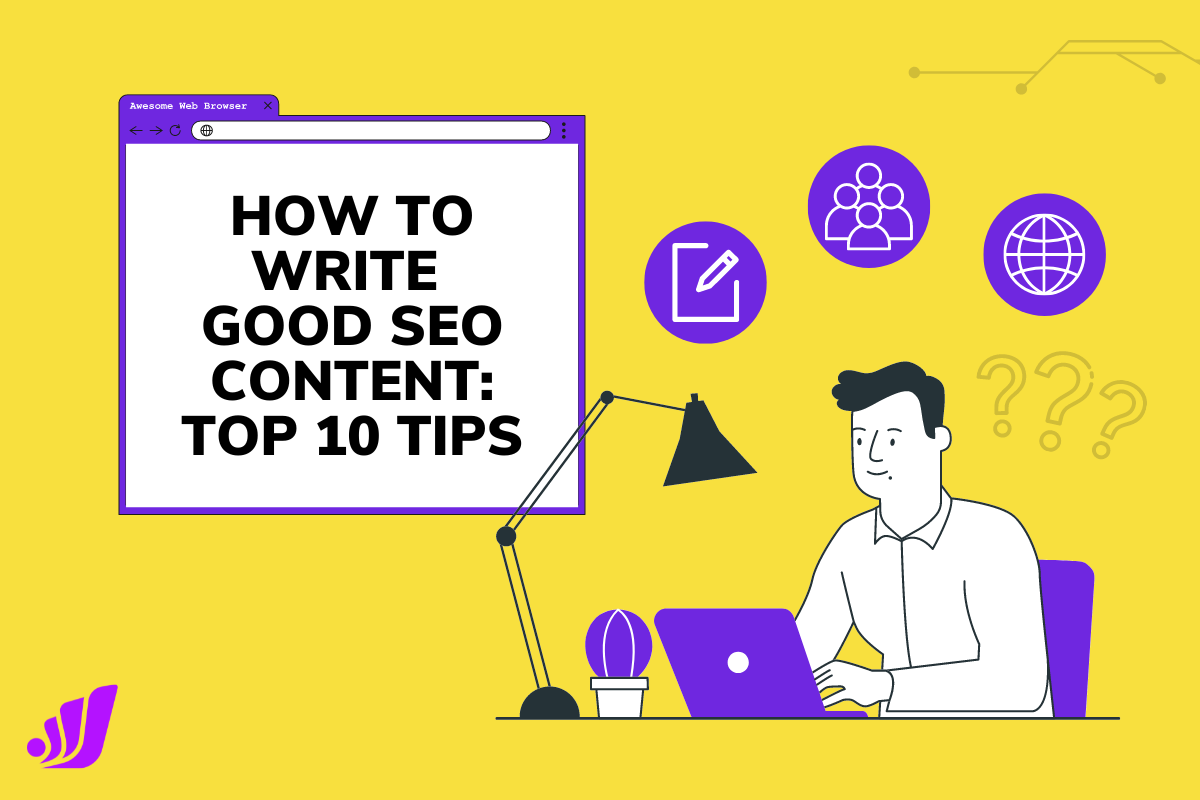
Did you know that 68% of online experiences begin with a search engine? In this digital age, mastering the art of SEO writing is crucial to getting your content noticed.
The best SEO content writing tips can elevate your work from being buried deep on Page Three to ranking on the first page.
But how do you write great SEO content that appeals to both readers and search engines?
In this article, we’ll explore the elements of top-notch SEO content writing and what skills you need to improve to create engaging, valuable, and optimized web pages that will keep your audience coming back for more.
Unlock the secrets behind creating captivating copy that ranks high in search engine results!
What is SEO-Friendly Content Writing?
SEO-friendly content creation is the art of crafting engaging, informative articles that rank high on search engine results pages (SERPs). It’s like a secret code for getting your content seen by the right people.
The goal of SEO is to drive organic traffic to your website while providing value to your audience.
Why Does It Matter?
Search engines bring the most traffic to websites out of any other channel, topping even social media. (Organic search drives 1,000% more traffic than organic social media!)
In today’s digital landscape, visibility is everything – if you’re not ranking well in SERPs, where most of your customers are browsing, they won’t find you.
How to Write Good SEO Content
Writing effective SEO content is all about combining engaging storytelling with strategic keyword usage and technical know-how.
Here are some key factors that contribute to excellent SEO content:
Keyword Research: The Key to SEO Success
Want your content to rank high in search engines? Want it to not just hit Page One, but the top five results? Start by researching the right keywords.
Brainstorm topics relevant to your niche, then use tools like Google Keyword Planner or Ahrefs Keywords Explorer to find popular and relevant keywords.
But don’t just focus on popularity – consider search intent and incorporate related keywords to help search engines understand the context of your pages better.
Don’t just stuff your content with keywords! Focus on creating valuable and engaging content that naturally incorporates these terms.
Whether you’re targeting short-tail or long-tail keywords, make sure your content is top-notch and tailored to your audience’s needs.
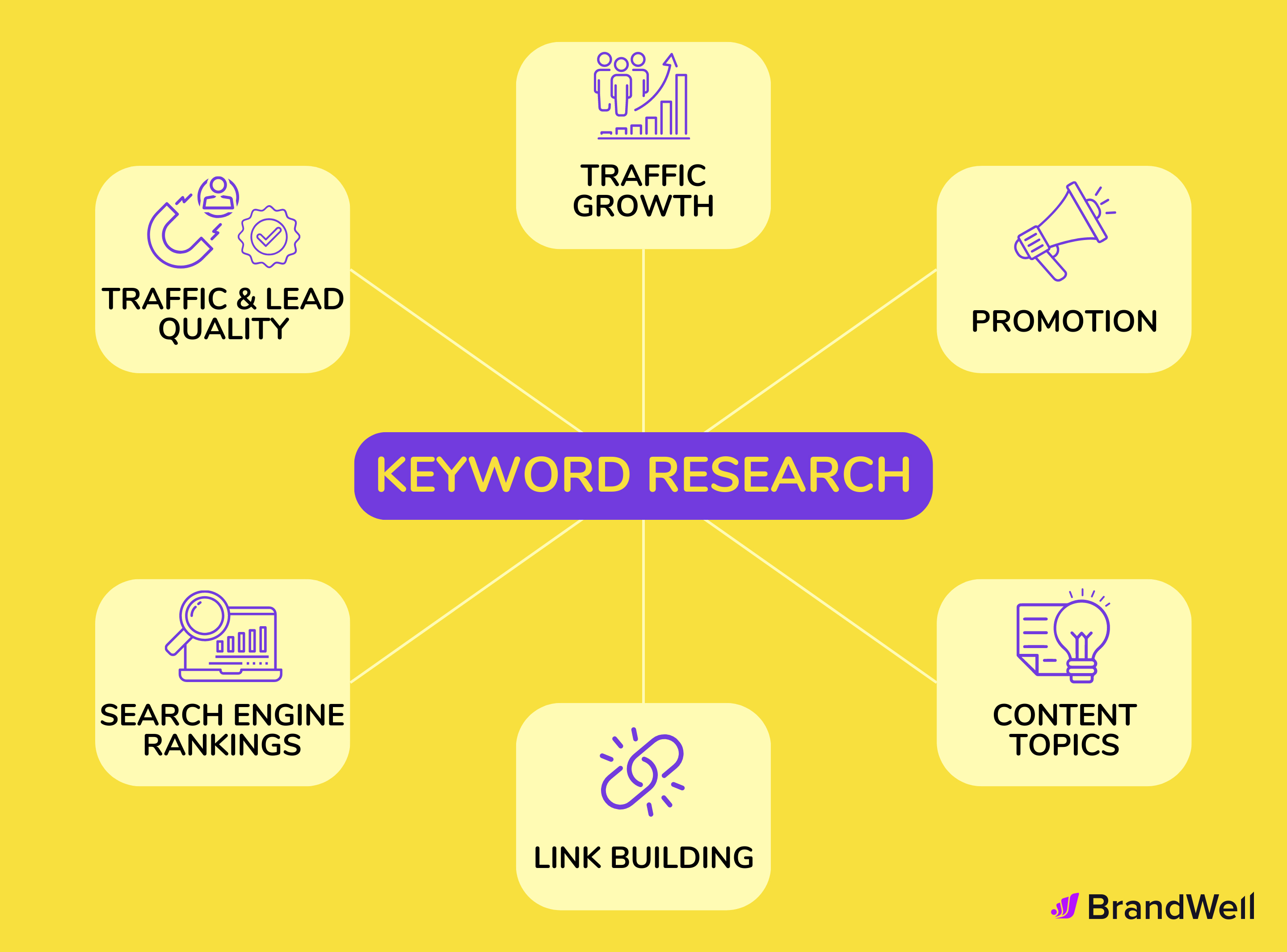
User Intent
One of the most important things to keep in mind when creating SEO content is user intent.
User intent, also known as search intent, refers to the motivation behind why people are searching for specific terms or keywords (and knowing what information they’re searching for) and tailoring your content accordingly.
Are they looking for information, a specific product, or a solution to a problem?
Understanding the intent behind the search can help you create content that directly addresses the user’s needs.
Target Audience
Another key element of SEO-friendly content is knowing your target audience.
Who are you writing for? What are their pain points, interests, and goals?
When you have a clear understanding of your target audience, you can create content that resonates with them and keeps them engaged. This not only helps with SEO but also with building a loyal following and generating leads.
Create High-Quality, Helpful Content
Even if your goal is to rank in search engines, remember that you are still writing for your human reader, so learn more about their needs and interests and address their pain points in your content.
- Tell a story. Engaging narratives make it easier for readers to connect with your brand and remember the information you’re sharing.
- Master the art of copywriting. Strong writing skills are essential in crafting compelling content that keeps readers hooked from start to finish.
- Be original. Offer fresh perspectives on topics within your niche to establish yourself as an authority while keeping readers engaged.
- Create evergreen content. It remains relevant over time and continues driving traffic long after its initial publication date.
- Craft attention-grabbing titles. Your headline is the first thing potential readers will see so make sure it entices them to click through.
- Add visuals and media. Make your written content more attractive and engaging by adding multimedia content. Here are some examples:
- Videos – create informative or entertaining videos related to your industry, such as tutorials, product reviews, interviews, or behind-the-scenes looks at your company culture.
- GIFs and memes – add some humor by incorporating relevant and tasteful GIFs and memes into blog posts or social media updates.
- Infographics – create eye-catching visuals to convey complex information in an easily digestible format.
- Edit and proofread. Before hitting publish, proofread your work for grammatical errors and inconsistencies to ensure a polished piece of content that reflects well on your brand.
- Last but not least: be consistent. Regularly publishing high-quality content will keep readers coming back for more while improving your search engine rankings.
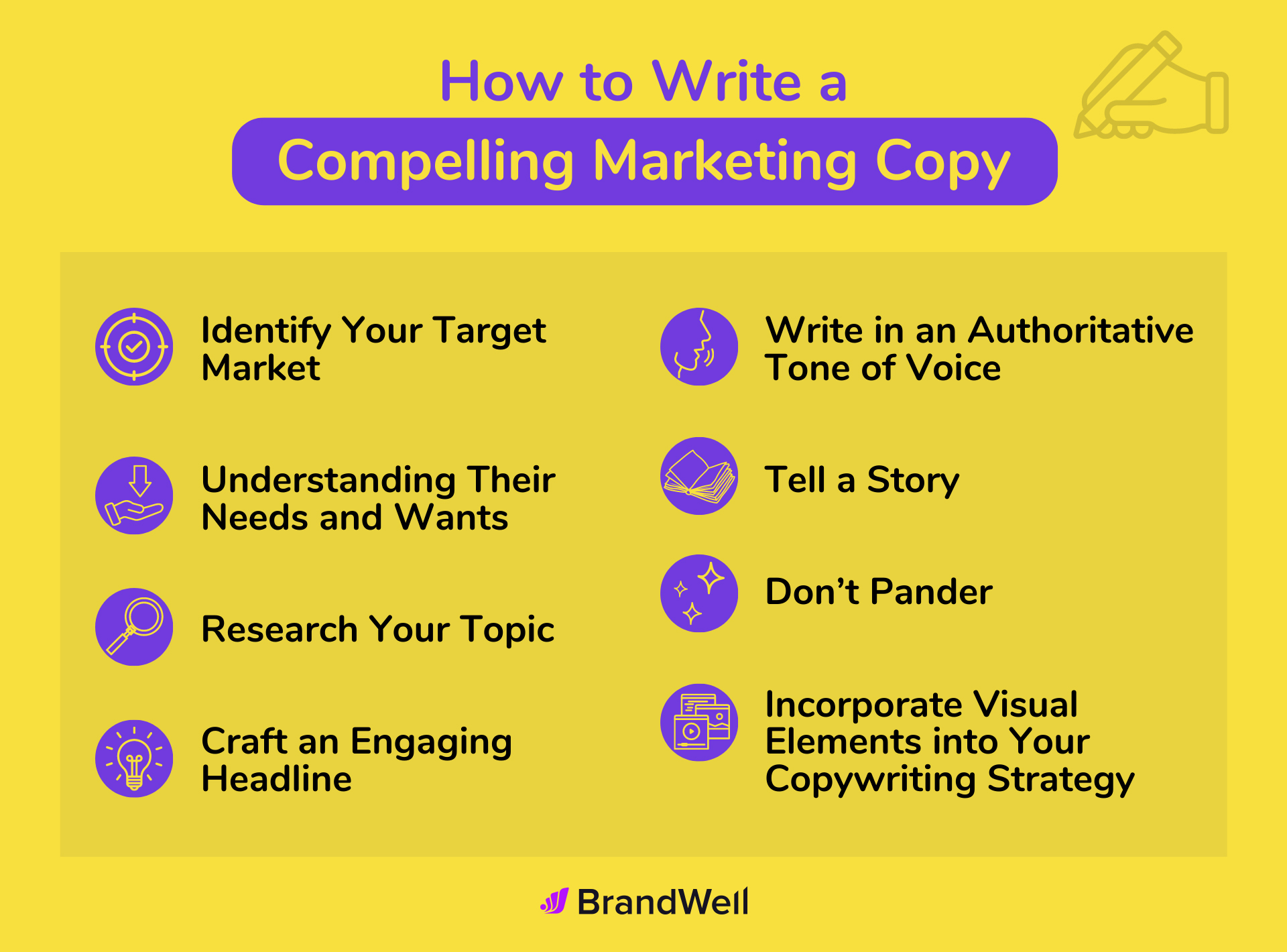
Optimize Content for Search Engines
As you learn how to write SEO content, one of the most important tasks is optimization. This is the process of making your content easier to read for people, and easier to understand and categorize for search engines.
Here are the basic steps:
- First things first, focus on your title tag, or H1 heading. It’s the first impression you make on both search engines and readers. A compelling and keyword-rich title not only grabs attention but also signals relevance to search engines.
- Next up, meta descriptions. This short snippet of text below your page’s URL in search results should be enticing enough to make users click through while including relevant keywords.
- Create a clear structure with H2 headings that break down complex topics into digestible sections. This makes it easier for both readers and search engine crawlers to navigate your content.
- Sprinkle LSI keywords throughout to avoid keyword stuffing. LSIGraph is an excellent tool for finding LSI keywords.
- Use anchor text in internal links to give readers a clear idea of what they’ll find when clicking the link. This helps search engines understand your site’s structure and boosts user experience.
- Optimize images for SEO by adding descriptive alt text, using proper file names, and compressing images to improve page load times.
- Last but not least, write high-quality content that engages readers and provides value while incorporating keywords naturally. A well-written piece will always rank higher than a poorly written or keyword-stuffed article.
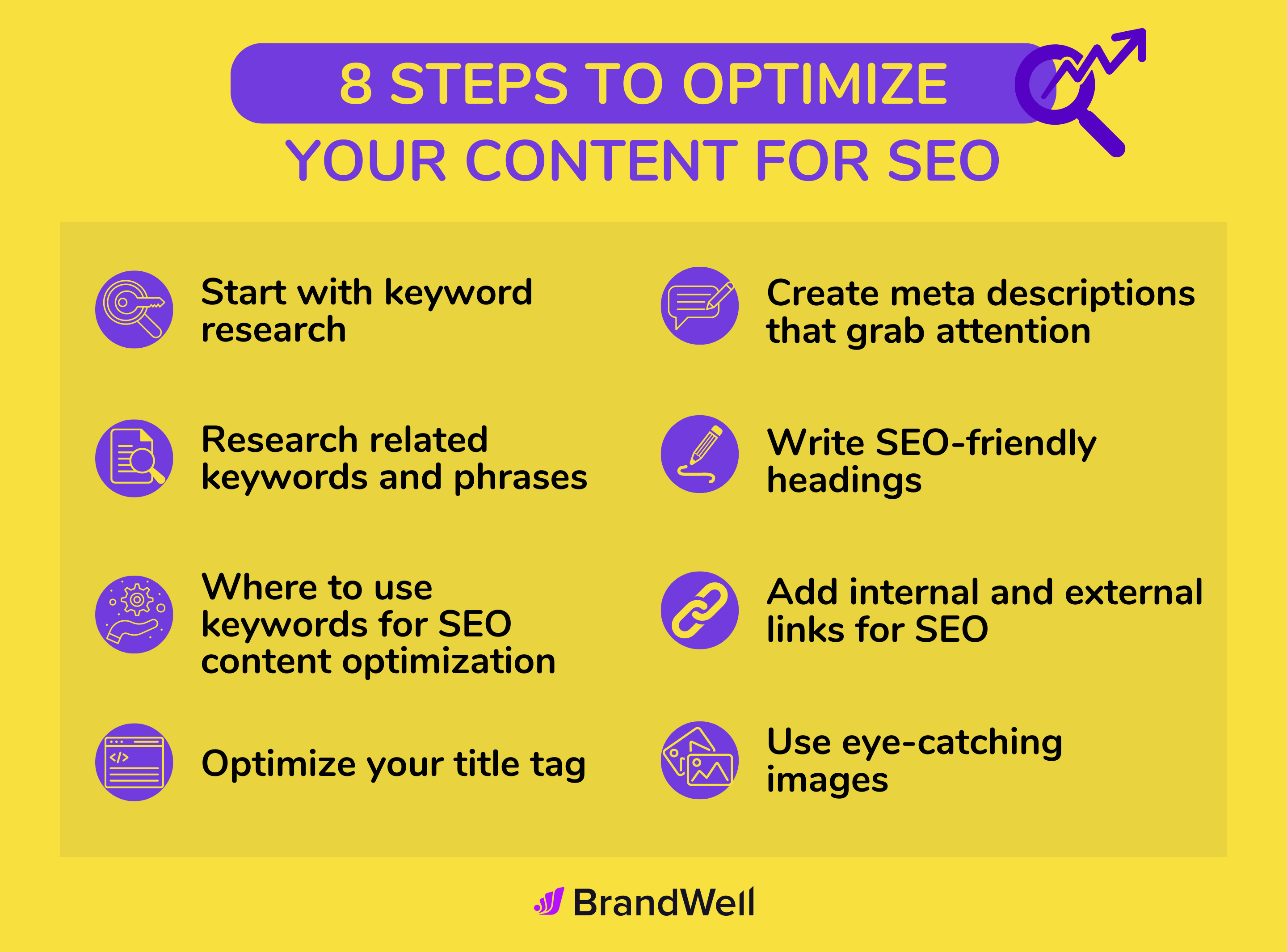
To sum it up, writing good SEO content is all about understanding what your audience wants and delivering value through well-structured and engaging storytelling while optimizing key elements for search engines.
What Skills Should an SEO Content Writer Have?
To become a successful SEO content writer, you need to master certain skills that will make your content stand out and rank higher.
Let me break it down for you:
- Skill #1: A solid understanding of SEO fundamentals, including keyword research, on-page optimization, and link-building strategies.
- Skill #2: Exceptional writing abilities that are clear, concise, engaging, and tailored to your target audience.
- Skill #3: The power to engage. Your content must captivate readers from the first sentence to the last word.
- Skill #4: Strong research skills. A well-researched piece is more credible and valuable to readers than one based solely on personal opinions or experiences.
Now that we’ve covered the essential skills an SEO content writer should possess, let’s move on to some practical techniques you can apply in your writing process.
SEO Writing Techniques
SEO writing techniques are essential strategies that help your content rank higher on search engines like Google.
Why is this significant?
Well, the higher your content ranks, the more visibility it gets, which ultimately leads to increased traffic and conversions for your website.
Here are some of the best SEO content writing tips:
Strategic Keyword Placement
Incorporate your target keywords naturally into your content. Place them in the page title, headings (H1, H2, etc.), meta description, URL, and throughout the content.
Ensure that the keywords fit seamlessly within the context and don’t overstuff them as it can negatively impact the readability and user experience.
Proper Heading Structure
Header tags (H1, H2, H3, etc.) aren’t just for making your content look pretty — they also help search engines understand the structure and hierarchy of your article.
Use your H1 for your main title, H2s for major sections, and H3s for subtopics.
For example, in a post about what is SEO-friendly content, your H2s might be things like “Keyword Research,” “Content Optimization,” and “Link Building Strategies.”
Then use H3s to break down each of those topics further.
Improve Readability
No one wants to slog through a wall of text. Break up your content with short paragraphs, bullet points, and plenty of white space. Use a clear, easy-to-read font, and make sure your text is large enough to read comfortably.
 I like to aim for a readability score of around 70-80 on the Flesch Reading Ease scale. This means your content is easy to understand for the average adult.
I like to aim for a readability score of around 70-80 on the Flesch Reading Ease scale. This means your content is easy to understand for the average adult.
Optimize Meta Tags
Your title tag is the headline of your article — it’s the first thing people see in search results. So you better make it count.
Aim for around 60 characters, include your target keyword, and make it irresistible to click.
For example, instead of a bland title like “What Is SEO-Friendly Content,” try something snappy like “Secrets to Creating SEO-Friendly Content That Ranks #1.”
See the difference?
Meta descriptions are like mini-ads for your content. You’ve got about 155 characters to convince someone to click through to your article.
Use actionable language, include your keyword, and give a clear preview of what they’ll learn.
Here’s an example:
“Learn how to create SEO-friendly content that skyrockets your rankings. Discover proven tips for optimizing your blog posts in this ultimate guide.”
Internal and External Linking
Linking to other relevant pages or posts on your site helps search engines understand your site structure and can keep readers engaged.
But don’t go overboard – only link when it genuinely adds value for your reader.
For example, in a post about what is SEO-friendly content, you might naturally link to other articles you’ve written about keyword research, on-page optimization, or content promotion strategies.
Additionally, include external links to reputable and authoritative sources that support your content.
Both internal and external links help search engines understand the context and relevance of your content.
User-Friendly Formatting
Make your content easy to read by using short paragraphs, bullet points, numbered lists, and subheadings. Formatting your content properly not only improves readability for users but also helps search engines analyze and understand your content structure.
Image Optimization
Adding images to your blog posts makes them more visually appealing and can help illustrate your points. But don’t forget the alt text. This is the text that appears if an image doesn’t load, and it helps search engines understand what the image is about.
Include your target keyword in the alt text if it makes sense, but keep it natural.
For example:
“Example of SEO-friendly content structure with header tags and optimized images.”
Properly optimized images can help improve your website’s visibility in image search results and enhance the overall user experience.
Image optimization also speeds up page load times and enhances user experience. Google Developers’ image optimization guide offers best practices for compressing images without sacrificing quality.
Mobile Optimization
With the increasing use of mobile devices, you want to make sure that your content is mobile-friendly and responsive. Mobile optimization is crucial for both user experience and search engine rankings.
Regularly Update Content
Update your content regularly to keep it fresh and relevant. Add new information, update statistics, and address any outdated content. Search engines prefer up-to-date and relevant content.
Remember, while SEO writing techniques are important, always prioritize the needs and interests of your readers. Creating valuable and engaging content that addresses their questions and provides a great user experience should be at the core of your SEO writing strategy.
10 Best SEO Content Writing Tips
Looking for the best SEO content writing tips to boost your ranking and engage your audience?
Open your favorite note-taking app and write down these golden nuggets of wisdom:
- Write an attention-grabbing headline: A compelling headline will capture readers’ attention and entice them to click on your blog post. Make it concise, intriguing, and promise a benefit or value. Use power words and include relevant keywords to optimize it for search engines.
- Start with a strong introduction: Your introduction should hook the readers and make them want to continue reading. Use a captivating anecdote, a thought-provoking question, or a surprising fact to grab their attention from the beginning.
- Provide valuable and actionable content: Make sure your blog post offers useful information, insights, or solutions to the readers’ problems. Provide actionable tips, step-by-step guides, or in-depth analysis that readers can apply in their lives or work.
- Use storytelling techniques: Storytelling is a powerful tool to engage readers and make your content more relatable. Incorporate personal anecdotes, case studies, or examples to illustrate your points and create a connection with your audience.
- Make it scannable: Most online readers skim through content, so make your blog post easy to scan. Use subheadings, bullet points, and numbered lists to break up the text and highlight key information. Use short paragraphs and sentences for easy readability.
- Create long-form content: Longer, in-depth articles tend to rank higher on search engines. Aim for 2,000+ words to get your content in the Top 10 of Google search results. (Pro tip: BrandWell can generate a 2,900-word blog post from a single keyword input in under 5 minutes!)
- Use a conversational tone: Write in a conversational style to create a friendly and approachable vibe. Avoid using overly formal or technical language that may alienate readers. Imagine you’re having a conversation with a friend and write accordingly.
- Incorporate multimedia: Add relevant videos, infographics, or other multimedia elements to enhance user experience and keep visitors engaged longer. Visuals also help to break up the text and illustrate complex ideas in an easy-to-digest format.
- Edit and proofread: Whether your content is written by a human or AI, always check your final draft before publishing. Use a tool like Grammarly to catch typos, grammar mistakes, and awkward phrasing. This not only improves readability but also builds trust with your audience.
- Add a compelling call-to-action (CTA): Conclude your blog post with a clear CTA that builds trust and encourages readers to take action such as subscribing to your newsletter, leaving a comment, sharing your post on social media, or buying something from your store.
With these 10 tips, you now have a solid foundation of SEO writing tips that will help you create engaging content while boosting your search engine rankings.
No more scratching your head wondering why nobody’s reading your carefully written blog posts. Just follow these guidelines consistently to start seeing results.
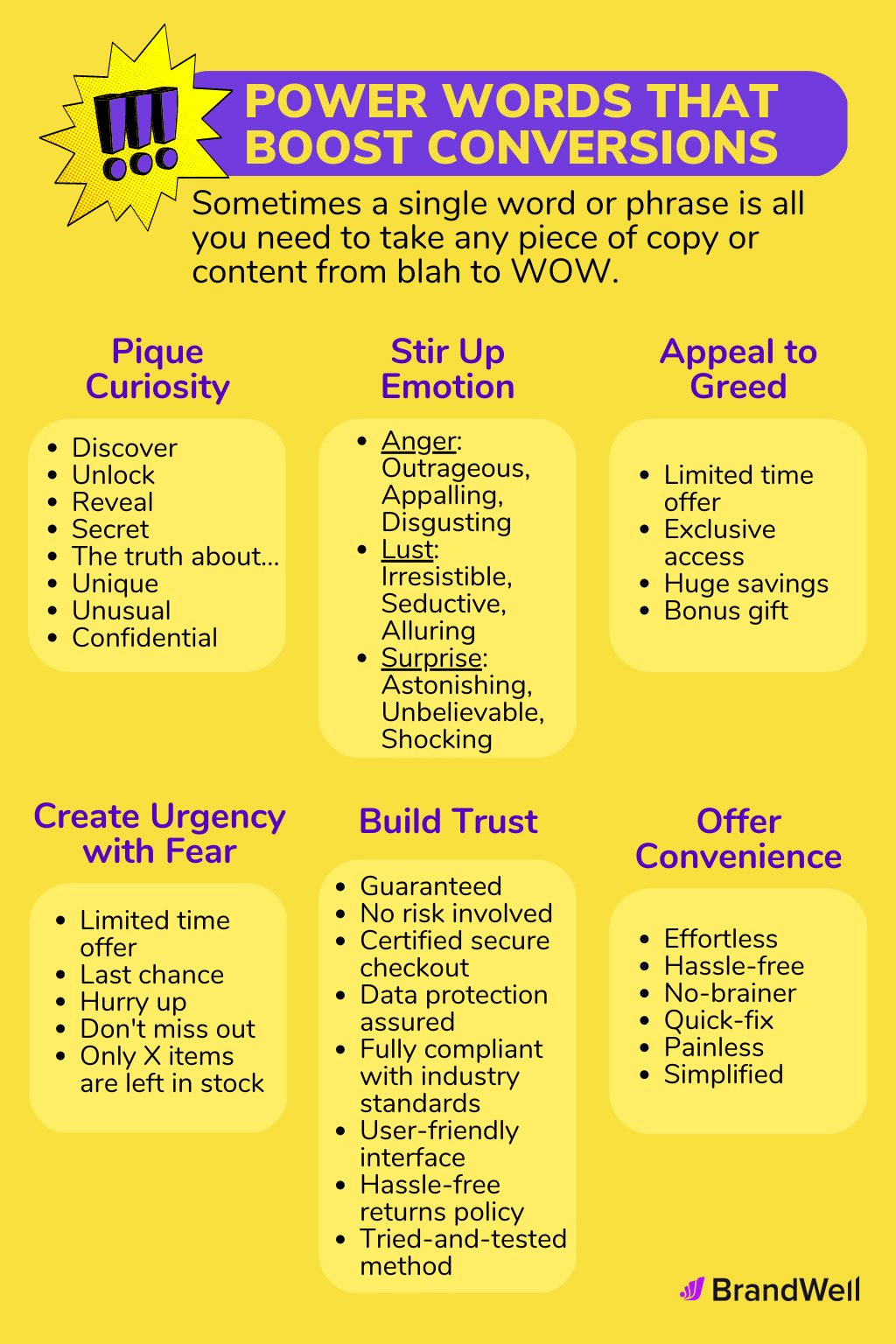
How to Develop an SEO Content Strategy
Developing a successful SEO content strategy involves more than just writing blog posts and hoping they rank well on search engines. It requires careful planning, research, and execution to achieve the desired results. Here are some steps you can take to develop an effective SEO content strategy.
Determine Your Goals
Before creating any content for your website or business, it is essential to determine your goals. Are you looking to increase sales through your website? Or do you want more traffic and return readership? Knowing what you want will help guide the type of content that should be produced.
For instance, if driving product sales is your primary goal, then focus on creating attractive product pages optimized for both conversions and search engines. Additionally, create helpful blog posts that illustrate how customers can use these products effectively while linking back where necessary.
If attracting new readers is your main objective, then rich long-form articles or video resources with “stickiness” are ideal options as they keep visitors engaged longer or encourage them to come back later.
Know Your Audience
Knowing who you’re writing for helps you tailor your marketing to the people you want to reach.
Conduct thorough research to understand your target audience’s demographics, interests, needs, and pain points.
Consider developing personas representing typical visitors/customers by imagining what kind of information those personas would look for when they visit your website.
Create a Content Calendar
Create a content calendar that outlines the topics, keywords, and publishing schedule for your content. This helps you stay organized and consistent with your content creation efforts.
Decide on the types of content that align with your goals and resonate with your audience. This may include blog posts, articles, videos, infographics, podcasts, or interactive content. Consider different formats to cater to various preferences and increase engagement.
Monitor and Analyze Content Performance
Regularly track the performance of your content using analytics tools like Google Analytics. Measure metrics such as organic traffic, search engine rankings, engagement, conversions, and backlinks. Evaluate the effectiveness of your strategy and make data-driven adjustments as needed.
Stay Updated with SEO Trends
Stay informed about the latest SEO trends, algorithm updates, and best practices. Continuously refine and optimize your content strategy to align with evolving search engine guidelines and user behavior.
Remember, an effective SEO content strategy requires a balance between search engine optimization and delivering value to your audience. Prioritize creating high-quality content that addresses your audience’s needs while incorporating SEO techniques to improve its visibility and reach.
FAQs – The Best SEO Content Writing Tips
What makes a good SEO content writer?
A good SEO content writer has strong writing skills, understands keyword marketing, optimizes headings and meta tags, creates valuable content, uses internal and external links strategically, and avoids keyword stuffing or over-optimization issues.
How do you write an effective SEO article?
To write an effective SEO article:
- Conduct thorough keyword research.
- Create compelling headlines.
- Structure your content with proper headings (H1-H6).
- Maintain readability by using short paragraphs and sentences.
- Include relevant images with descriptive alt text.
- Optimize URLs and meta descriptions.
- Use internal/external linking wisely.
- Always prioritize user experience while adhering to search engine guidelines.
Does writing articles help in SEO?
Yes, writing high-quality articles helps improve your website’s visibility on search engines as it provides valuable information that users are searching for online. Regularly publishing fresh content increases site authority and attracts more organic traffic through improved rankings on SERPs.
Learn How to Write Good SEO Content and Put Your Website on the Map
Learning how to write SEO content doesn’t have to be intimidating — especially with the arrival of all-in-one content marketing automation tools like BrandWell.
Start by understanding your audience and conducting thorough keyword research. This will help you identify the topics and keywords that will attract the right visitors to your website. Plan your content structure carefully, ensuring it is logical and easy to read.
As you start writing, remember to prioritize creating high-quality, informative content that provides value to your readers. Incorporate your target keywords naturally throughout the content, without overdoing it. Optimize your on-page elements, such as title tags and meta descriptions, to increase your chances of ranking higher in search engine results.
But SEO is not just about keywords. Focus on creating an engaging user experience by using headers, bullet points, and other formatting elements to make your content easy to read and digest. Add internal and external links to provide additional context and authority.
Once your content is ready, share it on social media, engage with your audience, and consider collaborations with influencers or guest blogging opportunities. Monitor the performance of your content using analytics tools and make adjustments as needed.
Above all, remember that SEO-friendly content creation should be a balance between optimizing for search engines and creating valuable content for readers.

UNLOCK YOUR POTENTIAL
Long Headline that highlights Value Proposition of Lead Magnet
Grab a front row seat to our video masterclasses, interviews, case studies, tutorials, and guides.



